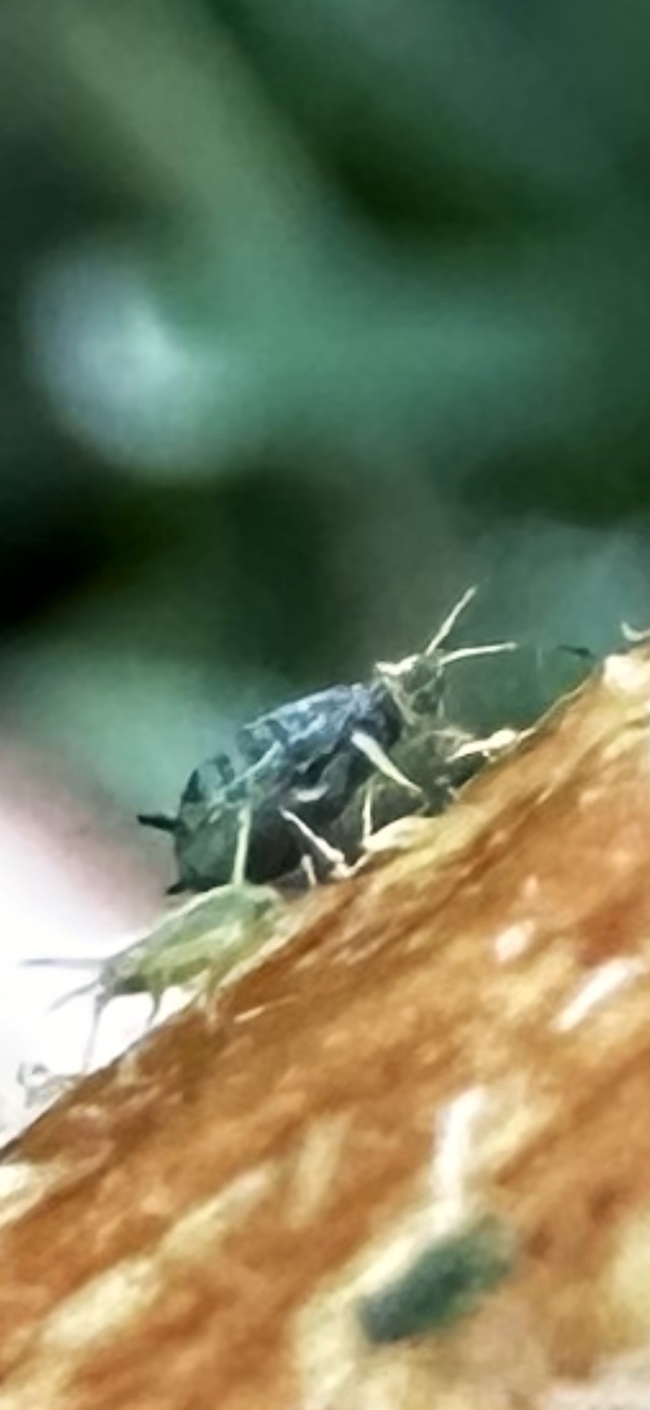- Author: Melinda Nestlerode
Planting space is at a premium in my yard. We had our pool removed in 2020, and the backyard is still widely a construction zone. Areas not currently being worked on act as a staging zone for flagstone, bricks, wood, concrete and other construction materials. Why, after three long years, aren't we further along with this project? Well, at one point my husband and I were worn out from doing all the work ourselves, and received a quote for the installation of concrete and flagstone pathways. Just the pathways, which constitute approximately ten percent of the total job. The concrete company would have been happy to take that part of the job off our hands for a cool $77,000. So, we trudge on…
I have a small pollinator garden in the front yard, with very little space for more plantings. When the springtime planting bug hit me this year, I went through some old seeds, and started sunflowers (Helianthus annus L.), Mexican sunflowers (Tithonia diversifolia), and Coreopsis. Most of the sunflowers sprouted, and I planted a nice row of them in front of the rose climbing up the trellis at the fence line, and behind most of the garden. The sunflowers grew bold and tall, and their cheery orange flowers provided a pop of color behind the cigar plant (Cuphea ignea), Echinacea, Agastache, and Salvia ‘Pozo Blue'. After planting the sunflowers and setting up their drip irrigation, I pretty much ignored them all summer.
In the meantime, we suffered the worst ant infestation since we moved here 22 years ago. Ants everywhere, in every room in the house – it was miserable. Curating an organic and safe yard for pollinators and beneficial insects is very important to me, but I finally gave up and contracted with a pest control company to take care of the ants. They are gone from inside the house, but there are still an outrageous number of ants in our yard.
The sunflowers started looking spent a couple of weeks ago, so I pulled them out. I was shocked to see that they were absolutely infested with black bean aphids. Suddenly, the large numbers of ants made sense.
Aphids are normally not a serious problem, as long as the plants are regularly maintained and aphid populations are removed with a strong spray of water. My rose buds are highly attractive to aphids in the springtime, but daily inspection and spraying with water keeps them to a minimum. But I was not paying attention to the sunflowers. My neglect had allowed massive numbers of aphids to live underneath the leaves, suck out vital juices from the sunflowers, and potentially introduce viruses. The sticky honeydew excreted by aphids is subject to sooty mold fungus, and attracts ants, who feed on it. In order to protect their food source, the ants shield aphids from their natural predators, such as parasitic wasps and lacewings.
The sunflowers are an annual plant, so I was able to eradicate my aphid infestation by removing the plants. Large aphid infestations of perennial plants and vegetables can be mitigated by:
- Vigilantly checking the plant for aphids. Look for ants which often “farm” aphids.
- Shooting a strong stream of water to remove the aphids.
- Pruning out sections with heavy infestations where plant damage is visible.
- Obstructing ants from climbing into the plant with Tanglefoot® or other sticky material.
- Using organic, slow-release fertilizers, as high nitrogen fertilizers encourage aphid production.
- Using row covers to protect young, tender plants.
- Using silver-colored reflective mulches in the vegetable garden.
- Gardening organically and avoiding broad spectrum pesticides, which kill natural aphid predators.
- Using insecticidal soaps and horticultural oils if you feel that insecticide is necessary.
An organic, pesticide-free garden provides innumerable benefits to our wildlife, our communities, and our planet. The flip-side to all those benefits is that our gardens need more monitoring and care. If we aren't willing to simply wipe out all living things with chemical pesticides, it's important to catch pests, fungus, and diseases as early as possible, before they are difficult to control with less harmful methods.





